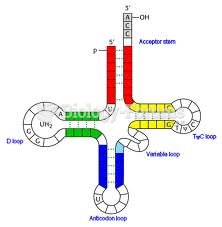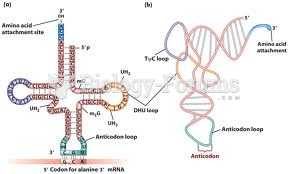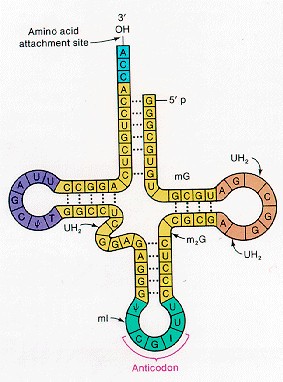Answer to Question 1
During the early part of the twentieth century, it was generally believed that the mind was like a muscle and that the ability to think, memorize, and reason was fostered by studying difficult subjects that required a great deal of discipline; hence the term doctrine of formal discipline. This doctrine incorrectly maintained that learning difficult subjects improved a student's ability to memorize, think, and reason. At the same time, Thorndike and Woodworth proposed that the degree to which knowledge or the understanding of one task facilitates learning another task depends on how similar the two tasks are. This was called the theory of identical elements.
Subsequently, other psychologists studied the phenomenon of transfer and identified different
forms. The first distinction was between positive, negative, and zero transfer. Positive transfer occurs when prior knowledge facilitates the learning of a new task. Negative transfer occurs when prior knowledge impedes the learning of a new task. Zero transfer occurs when prior knowledge has no effect on the learning of new material. Specific transfer and general transfer are types of positive transfer. Specific transfer occurs when there are specific structural similarities between the two tasks. General transfer occurs when these structural similarities do not exist but similar cognitive processes are used to meet the demands of both tasks. Near transfer and far transfer are also forms of positive transfer that are similar in
some respects to specific transfer and general transfer, respectively, but the conditions under which they occur are specified in more detail. Near transfer occurs when the knowledge domains for two tasks are highly similar, the settings for the original and transfer tasks are basically the same, and the elapsed time between the original and transfer tasks is relatively brief. Far transfer occurs when the knowledge domains and settings are dissimilar and the time between the two tasks is relatively long.
Contemporary views of transfer include the concepts of high- and low-road transfer. Low-road transfer occurs when previously learned information is automatically retrieved from memory and applied to learning a new task. Students must be given ample opportunity to practice one skill in a variety of different settings before low-road transfer will automatically occur. High- road transfer, on the other hand, refers to a conscious attempt to formulate an abstraction (rule, schema) that allows a connection between two tasks. Metaphors can be thought of as high-road transfer, since a metaphor is a blueprint of sorts, or an abstraction, which can be used to represent one or more concepts or ideas.
Answer to Question 2
The five steps in problem solving are listed on page 345 and discussed on the pages that follow:
Step 1: Become aware that a problem exists. Such awareness depends on curiosity and
dissatisfaction with the status quo.
Step 2: Understand the nature of the problem through problem framing, which organizes what is known about the situation.
Step 3: Compile relevant information about the problem. Step 4: Formulate and carry out a solution.
Step 5: Evaluate the solution after the attempt to solve the problem.







